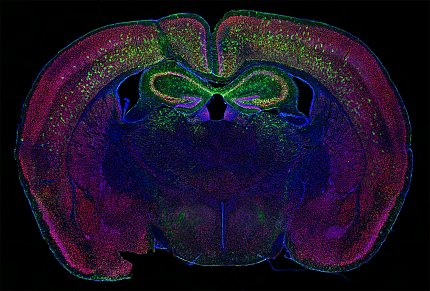BRAIN Initiative Scientists Gather Virtually
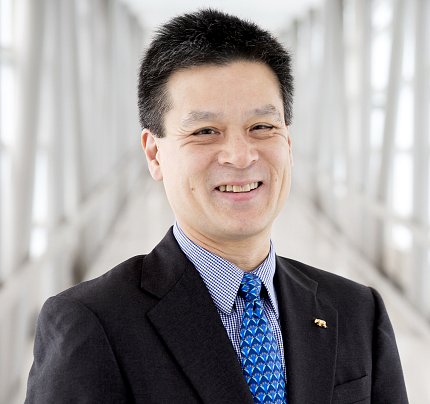
Photo: Brittany Hosea-Small
More than 3,500 supporters of the U.S. BRAIN Initiative—including scientists, federal staff and leadership, nongovernmental organizations, media and the public—gathered virtually June 15-17 for the 7th annual BRAIN Initiative Investigators Meeting.
“We’re calling this meeting virtual but hopefully we are coming out of this long, dark tunnel,” said NIH BRAIN Initiative director Dr. John Ngai, referring to the Covid pandemic that caused the conference to be virtual for the second time in 2 years.
The meeting—which allowed BRAIN researchers to share scientific developments, explore possible new directions and identify areas for potential collaboration—featured keynote plenary sessions, focused symposia, research highlight talks and trainee presentations.
Attendees were able to explore more than 600 scientific posters, showcasing cutting-edge research from hundreds of BRAIN Initiative researchers, and visit a selection of virtual exhibit booths. As a bonus and new this year were video and chatroom options for attendees to engage with poster presenters, exhibitors and speakers as well as opportunities to network with peers.
The 3-day assembly was packed with science talks covering the spectrum of neuroscience on topics such as Development of Brain Stimulation Responsive to Neural Dynamics, Transformative Potential of the Human Brain Cell Census in Health and Disease, Olfaction: From Sensation to Behavior, and Diversity of the Social Brain.
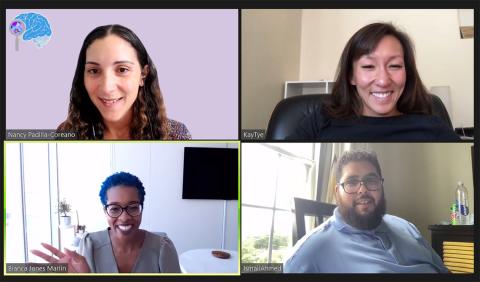
Each day provided special highlights. Day one included an examination of the ethical implications of CRISPR and genome editing for biomedical research. Moderated by NIH director Dr. Francis Collins, the session featured keynote speaker Nobel laureate Dr. Jennifer Doudna.
“I think CRISPR is a wonderful example of the power of small science and curiosity-driven research to drive new technologies, because this work really came about through the efforts of a small number of laboratories around the world who were investigating a bacterial immune system known as CRISPR, how it worked, and ultimately, that research led to its use and its being harnessed as a technology for genome editing,” said Doudna, professor at the University of California, Berkeley, where she holds the Li Ka Shing chancellor’s chair in biomedical and health sciences.
Day 2 introduced “flash” trainee highlight presentations selected from an abstract competition. During these 4-minute talks and scientific poster presentations, 30 trainee awardees gave overviews of their specific contributions to broader BRAIN Initiative projects. Participating trainees included a variety of scientists from high school, undergraduate and graduate programs, medical and other professional schools, and postdoctoral fellows and residents.
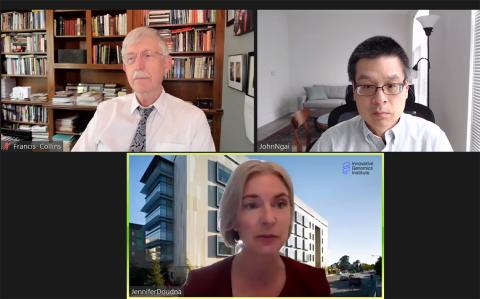
On day 3 several special sessions occurred. One focused on ways to engage the next generation in STEM that featured a panel of young scientists including winners of this year’s BRAIN Neuroethics Essay and Video Challenge. The group shared ideas for reaching out to young people that can be implemented across different areas and career stages.
Jamie Talan, national science writer and clinical assistant professor of science education at Donald and Barbara Zucker School of Medicine at Hofstra/Northwell led a science communication workshop, “My Dream Job: Covering the Brain for 40 Years.” She spoke about how important it is for researchers to have relationships with science writers and to be able to talk about their work with the media.
“Everybody has a story to tell whether you’re at the back end of something, whether you’re just collaborating, whether you’re doing a clinical trial, whether you’re doing cutting-edge research,” she said. “It’s always a story and you just have to map out what’s important to you in terms of the message.”
The meeting concluded with a dialogue on diversity, equity and inclusion, and networking opportunities via live video chats. This final plenary panel discussed strategies to build more inclusive networks in the workforce.
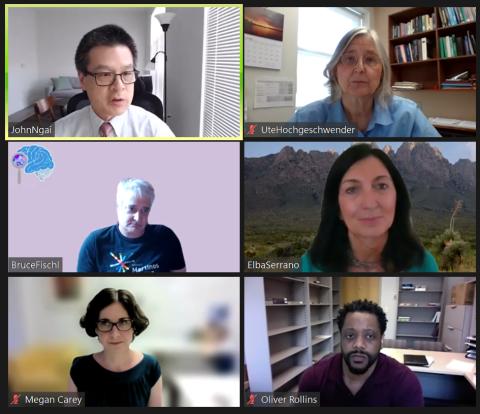
“We can do better service by incorporating diverse perspectives whether they are from different disciplines, people from different training and career stages, people from different personal backgrounds as well as people from different institutions and different parts of the world,” said Ngai. “All of this is in service of our goals of democratizing the many resources that BRAIN and others are supporting in this critical space for the benefit of all.”
Since its beginning, the BRAIN Initiative has integrated a focus on neuroethics within its research activities. This year, a special session considered “Perspectives on the complexities of improving neuroethics engagement among writers, neuroethicists and scientists in academia and industry.”
Dr. Kafui Dzirasa, K. Ranga Rama Krishnan associate professor at Duke University, provided remarks on real-world applications of neuroethics engagement, before attendees broke into small-group discussions. A symposium brought panelists together to discuss achieving diversity, equity, and inclusion in neuroscience research in under-served, under-resourced, and remote settings, and a meeting poster category highlighted neuroethics as a topic.
Posters, exhibit materials, session broadcasts and resources are available free of charge on-demand through June 2022 at https://www.brainmeeting2021.com/en/#ondemand.
Launched in 2013, the BRAIN (Brain Research through Advancing Innovative Neurotechnologies) Initiative is a large-scale effort funded by NIH, other government agencies and private organizations to revolutionize our understanding of the human brain.

